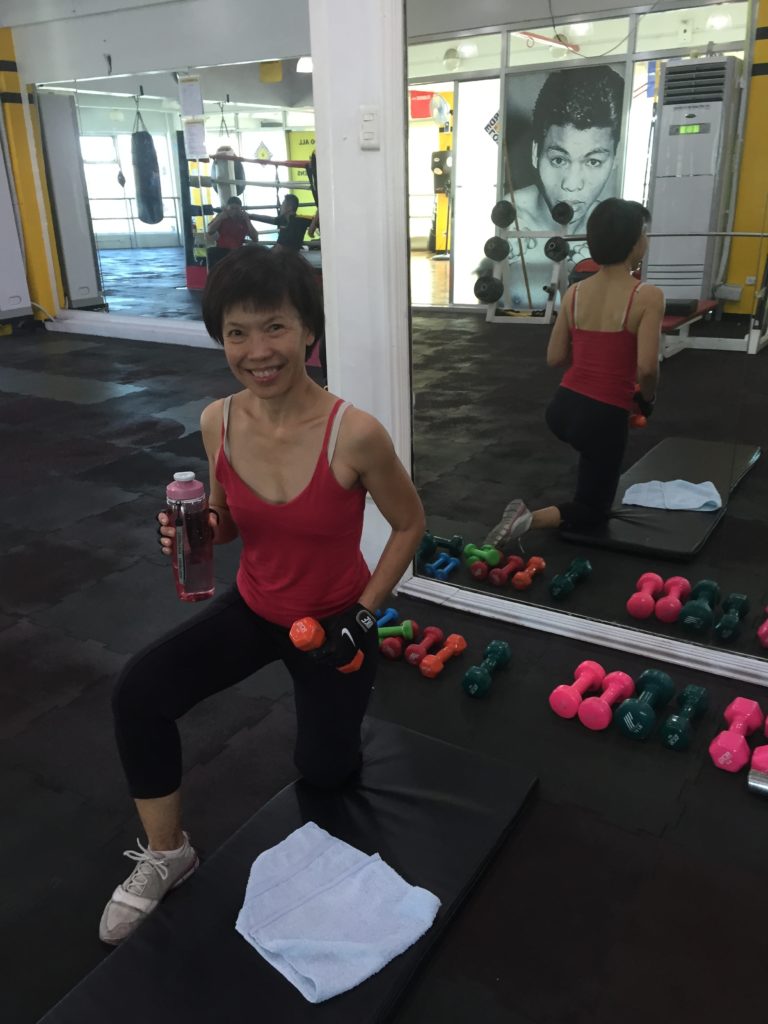
Free weights for strength and flexibility.
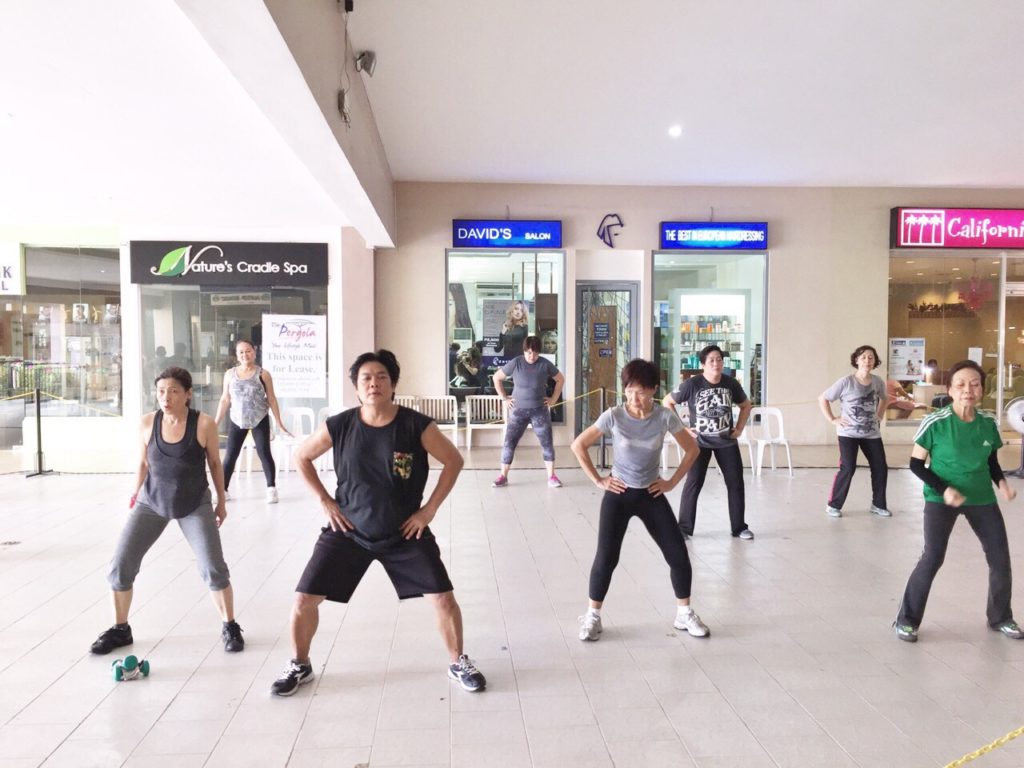
Aerobic dancing for cardiovascular health, mental focus and enhancement of working memory, movement and balance!
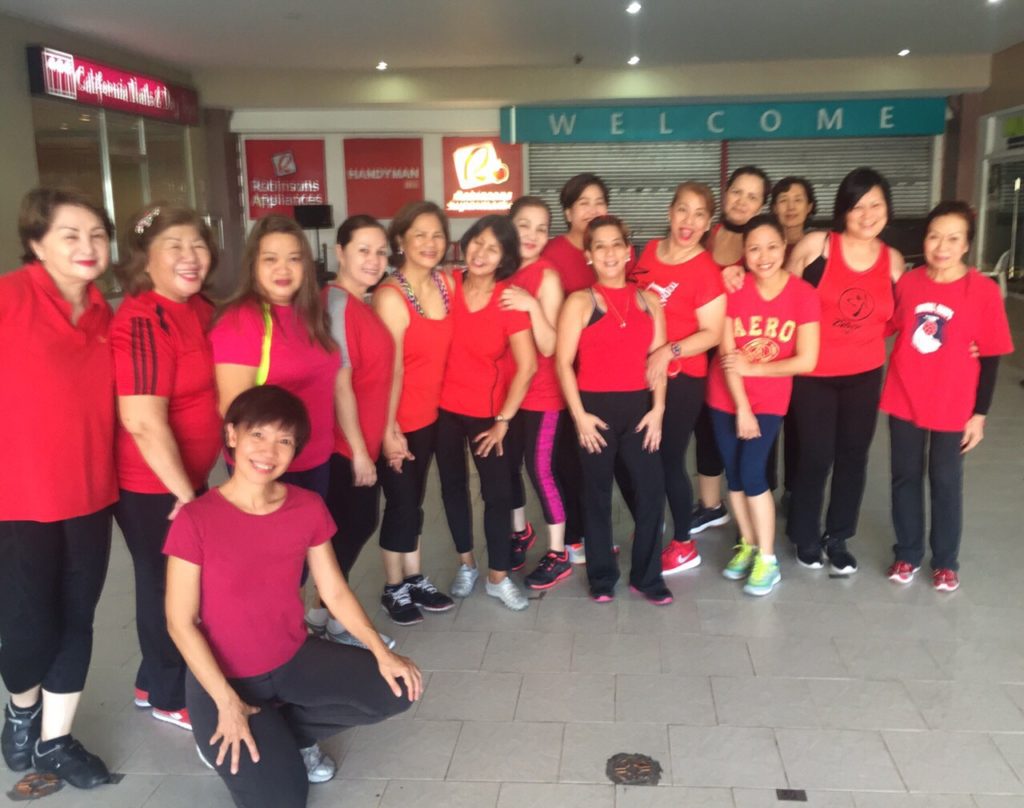
Fun with people who love the same thing I do!

Free weights for strength and flexibility.

Aerobic dancing for cardiovascular health, mental focus and enhancement of working memory, movement and balance!

Fun with people who love the same thing I do!
THE AGING PROCESS
Old Paradigm
– Aging leads to an inevitable process of decline
– Body increases in stiffness, rigidity; closes down mentally & physically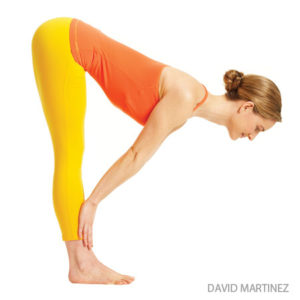
– Body contracts and we lose height, strength and flexibility
– Natural free range of motion becomes restricted
New Paradigm
Modern science has confirmed the healing power of movement – regular, moderate exercise promotes a youthful life of vigor and mental, emotional well being.
WHY YOGA?
Ancient yogis designed practices to help people become healthy and strong enough to bring the mind into stillness and enable one to connect with the divine.
WHAT IS YOGA?
– The word comes from the Sanskrit word which means “union”.
– Refers to a set of physically engaging exercises designed to align your muscles, bones & nervous system to reorganize your physical architecture so that the “drainpipe” of your body (the spine & nervous system) becomes unclogged and energy can flow freely.
– A form of holistic health-care designed to enhance energy and boost wellness.
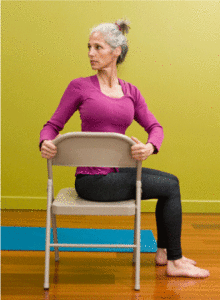 YOGA IS AN IDEAL FORM OF MOVEMENT FOR OLDER ADULTS
YOGA IS AN IDEAL FORM OF MOVEMENT FOR OLDER ADULTS
as it…
– involves non-competitive, mindful movement that encourages people to start where they are, breathe deeply and release tension.
– involves challenge without strain
– promotes mental, emotional well being and spiritual growth
YOGA POSES…
– opens and lengthens the body
– restores suppleness to the spine
– strengthens muscles, ligaments and joints
– takes our joints through its full range of motion helping prevent degenerative arthritis or mitigate disability by massaging and lubricating cartilage and joints that normally aren’t used
– improves balance and flexibility
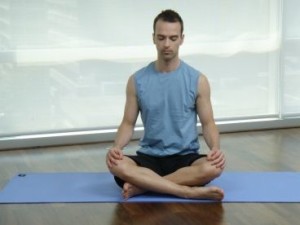 BENEFITS OF A YOGA PRACTICE
BENEFITS OF A YOGA PRACTICE
– A yoga practice promotes inner strength and confidence in our ability to absorb inevitable stresses.
– A sense of inner well being, not dependent on outside circumstances, promotes an attitude that helps us make better choices in all aspects of our lives.
– Holds great promise as a low-cost, low-risk, effective way to retain independence with age.
SOURCES:
Francina, Suza. The New Yoga for Healthy Aging: Living Longer, Living Stronger, and Loving Every Day. Health Communications Inc. 2007
Cindy Lee. Yoga Body Buddha Mind. Riverhead Books 2004
Images of Yoga Poses from Google (“Yoga Poses”) and www.yogajournal.com
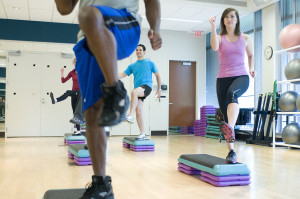 I attend aerobic dancing classes two mornings a week (on average) at the Pergola Mall in BF Paranaque. I love it because, if there is one example of non-pharmacological intervention against cognitive decline, this class is it! Our teacher, Mel Aurelio, is the best teacher ever. He has many years of experience teaching aerobics. He has competed overseas (e.g. World Aerobics Championship in Perth W. Australia) and attended conventions as well (e.g. Orlando Fla. International Dance Exercise Association of America). In addition, he has degrees in Psychology and Nursing.
I attend aerobic dancing classes two mornings a week (on average) at the Pergola Mall in BF Paranaque. I love it because, if there is one example of non-pharmacological intervention against cognitive decline, this class is it! Our teacher, Mel Aurelio, is the best teacher ever. He has many years of experience teaching aerobics. He has competed overseas (e.g. World Aerobics Championship in Perth W. Australia) and attended conventions as well (e.g. Orlando Fla. International Dance Exercise Association of America). In addition, he has degrees in Psychology and Nursing.
His classes may look like regular aerobics dance classes but he actually has reasons behind the movements he gives in the class. The most apparent is that the movements we do make us sweat, increase our heart rate and warm up our muscles and joints. The less obvious is that learning several combinations quickly and in succession forces us to pay attention and focus. This is actually cognitive stimulation tapping our working memory, attention and mental discipline (not allowing irrelevant thoughts interfere). Mel always admonishes us to think only of our dance combinations during the 1 hour we have together (“An hour of pure focus”).
I always feel great at the end of the class. I not only feel that my body got a great workout, I also feel that my mind is clearer, quicker and more alert! Not to mention, the endorphins kicking in and I feel very cheerful, happy and re-energized ready to face the world again! This is actually meditation in motion and a very good way to fight cognitive decline.
Mel also recommended several exercises to keep the mind active. One such is to do brisk walking about 15 to 30 minutes while doing serial subtraction (e.g. 100 minus 3 or 100 minus 7). For persons with Alzheimers Disease (AZ), he also recommend doing vocal exercises such as saying “ah-eh-ooh” and “mama-papa-kaka”. He also said that balanced and healthy nutrition also plays a vital role in maintaining good cognitive functioning (e.g. like vitamins A, C and the B complexes). Deep and restful sleep is also another important factor that helps maintain our mental functioning!
 What kind of aerobic exercises may be beneficial to the post stroke brain?
What kind of aerobic exercises may be beneficial to the post stroke brain?
1. “…it seems that 30-60 minutes of treadmill or cycling aerobic training 3-5 days per week at 60-80% HRR (Heart Rate Range) for at least 8 weeks commonly yields improvements in cognitive and executive functions, cardiorespiratory fitness, and walking performance in post-stroke individuals.”
2. Bea cited several limitations to methodology such as use of animal models, need to improve the measurement techniques of BDNF as well as the need to develop exercise parameters that will be beneficial to the post-stroke brain.
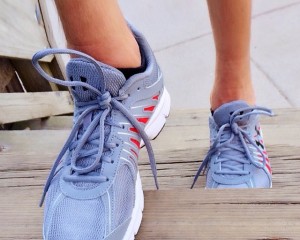
3. Nevertheless, there is a growing body of research suggesting that “aerobic exercise may play a role in improving the post-stroke brain through changes in motor learning, cognitive and executive function, cardiovascular fitness and walking.”
Outside of the research field, many people who live active and healthy lifestyles can attest to the benefits they experience from aerobic exercise. Aside from walking on a treadmill, cycling and swimming, other aerobic exercises we can engage in are running, aerobic/dance classes (e.g. step, hip-hop, Zumba). I for one have been taking aerobics/dancing/step classes for many years now.
Aside from aerobic exercise being good for our mind and body, resistance or weight training is just as important to keep our bones healthy and strong. I, for one, was an avid gym rat for a long while, doing mostly free weights. Carrying weights helps me to keep my bones strong especially in my legs and arms. Of late, I have also been doing more and more stretching exercises. My work entails a lot of writing, and sitting for hours in front of my laptop has made my body stiff (I’m sure a lot of us have the same experience as far as work goes!). Making sure to engage in aerobic exercise, resistance training and stretching, at least twice a week (although I do short sessions at home and on my own), has helped me stimulate and keep my mind active, my body strong and lean, and my mood happy and positive!
 Beatrice Francisco, the daughter of a very good friend of mine, Maria Francisco, has written a very interesting paper entitled “Neuroplasticity and Exercise in the Post Stroke Brain-A Review” (University of British Columbia). This article is exciting because it supports my passion for exercise and the good it does for our brain. The article is essentially a review of the literature on research and what follows is a humble summary of the main points (the quotes are from the article) which I want to share with readers on the website:
Beatrice Francisco, the daughter of a very good friend of mine, Maria Francisco, has written a very interesting paper entitled “Neuroplasticity and Exercise in the Post Stroke Brain-A Review” (University of British Columbia). This article is exciting because it supports my passion for exercise and the good it does for our brain. The article is essentially a review of the literature on research and what follows is a humble summary of the main points (the quotes are from the article) which I want to share with readers on the website:
1. “Neuroplasticity is the term to describe the activity-dependent ability of the central nervous system to change structurally or functionally.”
2. Our brain has proteins called neurotrophins that are known to “regulate the survival, development and function of neurons.”
3. Among the neurotrophins, is the Brain-Derived Neurotrophic Factor (BDNF) which “facilitates long term potentiation (LTP) and long term depression (LTD), two mechanisms of neuroplasticity.”
4. “LTP occurs when repeated stimulation leads to strengthening of existing neural connections or the formation of new ones.”
5. “LTD is the weakening of neural connections due to inactive synapses, or increased low-frequency stimulation of neurons without postsynaptic activity.”
6. Aerobic exercise has neuroplastic properties that mediate BDNF, LTP and LTD.
7. Aerobic exercise leads to increase in BDNF secretion in both human and animal models.
8. BDNF facilitates the production of LTP through high-medium intensity exercise.
9. LTD has also been associated with neuroplasticity, learning and memory through low intensity exercise.
10. “Evidently, literature suggests that aerobic exercise enhances the brain’s capability to experience LTP- and LTD-like learning by changing corticospinal excitability, hence promoting plasticity.”
11. Through these mechanisms neuroscience research is now exploring the idea that aerobic exercise may prime the brain for recovery after stroke.
More of Bea’s review on neuroplasticity and exercise in the post-stroke brain in the next issue of the website! By the way, am also proud to mention that Bea is the former goalie of field hockey Team Canada and University of British Columbia in Vancouver Canada!
————–
UPDATE: Read part 2 of this post here: https://psychmanila.com/neuroplasticity-and-exercise-in-the-post-stroke-brain-part-ii/